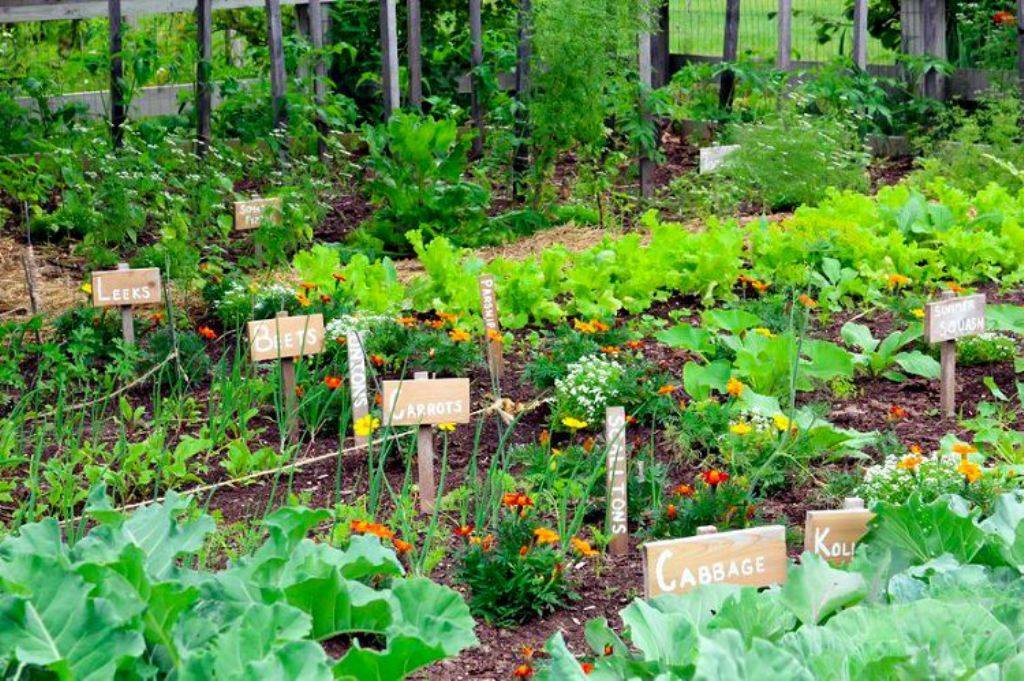
Food gardening is currently the hottest trend in home gardening due to many reasons. Compared with grocery store prices, growing our own food can save a lot of money. In addition, this will ensure that the food we eat is safe and healthier. Best of all, the local food tastes better than anything you buy from a vendor or store.
If like others you too have started a garden for the first time this year then some proven skills will definitely help you. The vegetable garden does not require as much effort as you might think to keep it easy to get started and strong. You can enjoy the fruits of your labor immediately by following a few simple steps.
Location is the Key
Most vegetables grow best in full sun. Find a place that receives at least six hours of sun in a day if possible. To provide the most sunlight for all plants, place taller plants such as corn, some tomatoes, or pole beans on the north or west side so they don't shade the smaller plants.
Look for Best soil
The best soils for vegetables go with compost and organic manure such as composted leaves, or are rich in shredded and aged bark. Whatever you start with, incorporate enough organic matter that the reclaimed soil doesn't get sandy or compacted.
When mixed well, it will stick together when squeezed, but it will break easily when stirred. This soil must be filled with living microorganisms that will help in feeding the plants. The water will be sufficiently maintained, but will not saturate the soil.
Water Wisely
For most vegetable crops, one inch of water per week, including natural rainfall, is sufficient. The most effective and efficient way of watering is to use immersion hoses and drip pipes. These transport water slowly, allowing the roots to absorb the water and soil on the target to fully moisturize and help keep the leaves dry. Wet foliage for long periods can promote the disease. Automatic timers are a great way to reduce the effort and anxiety associated with this important step.
Use of Mulch
If possible, add a three-inch layer of compost around the plants and the watering line. The mulch will insulate the soil, keeping it cooler in the summer and warmer in the winter. It also retains water, controls weeds, and acts as a protective barrier against soil-to-plant splashing diseases. In addition, the mulch looks nice in the garden.
Knowing the source of a mulch is just as important as using it. Especially in vegetable garden, some covers may contain intolerable amounts of toxic chemicals. No bulk cover certification yet the non-profit organization, the Mulch and Soil Council certify that the packaged mulching and soil are free of harmful mixtures. Look for their seal on the bag or ask your bulk coating supplier if they know the source of their coating.
Use of Pest Control
You may have to deal with pests at some point in any garden But if you are patient, nature will solve this problem. Ultimately, of all the insects in the garden, only about 3% are actually harmful pests.
Never spray pesticides in the morning when pollinators and beneficial insects are most active. Otherwise, it will kill them too. It is better not to use chemicals in food gardens everywhere! Instead, focus on growing healthy plants with fertile soil and plenty of sunlight, and let nature take over. Synthetic pesticides and many organic / natural pesticides are non-selective, so they also kill beneficial insects.
Don’t Over Fertilize
Too much fertilizer, especially nitrogen, can promote healthy growth at the expense of less fruit and less harvest. Too much fertilizer can also harm your plants and soil. Instead, add as much compost as possible, up to about 20% of the total soil composition. Add it to the rest of the soil and you will provide the plants with the nutrients they need to grow naturally. Feed the soil so that it feeds the plants.
Happy Gardening !!!!
















